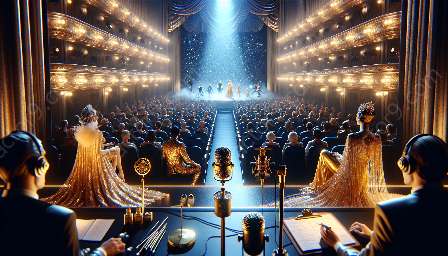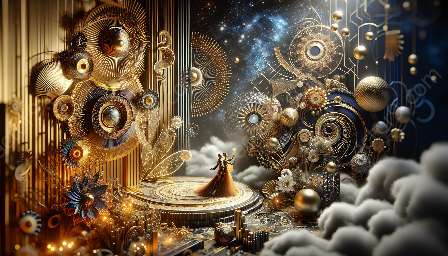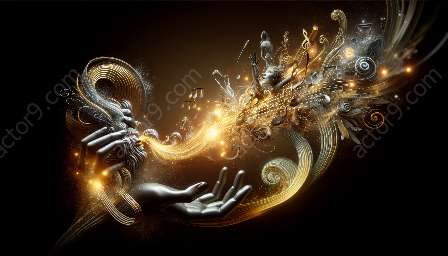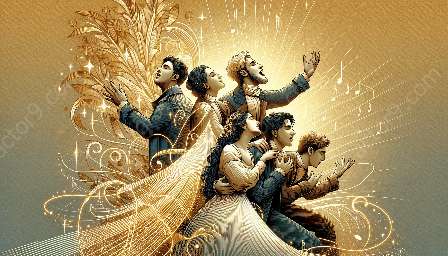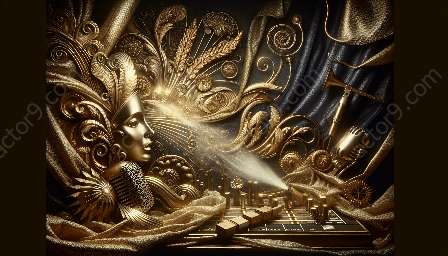Exploring the complex relationship between gender, identity, accents, dialects, and voice acting in the world of theatrical representations.
The Role of Gender and Identity in Theater
Theater has long been a platform for exploring and challenging societal norms, including those related to gender and identity. The representation of gender on stage has evolved over the years, reflecting the changing attitudes and perceptions of gender roles and identities.
Gender Performance in Theater
Actors often inhabit roles that may be different from their own gender identity, leading to considerations of gender performance in theater. The portrayal of gender can be approached in various ways, from traditional gender norms to non-binary and gender-fluid depictions.
Accents, Dialects, and Theatrical Representations
Accents and dialects play a crucial role in theatrical representations, adding depth and authenticity to characters. They can be indicative of a character's background, social status, or cultural identity, enriching the storytelling on stage.
Voice Acting and the Interplay of Elements
Voice actors are essential in conveying the nuances of gender, identity, accents, and dialects in theatrical performances. Their skill in adapting vocal qualities and speech patterns contributes to the portrayal of diverse characters with authenticity and sensitivity.
Challenges and Opportunities
The exploration of gender and identity, coupled with accents and dialects, presents both challenges and opportunities for actors and voice actors. It requires a deep understanding of the intricacies of human experience and the ability to communicate these through the art of performance.









